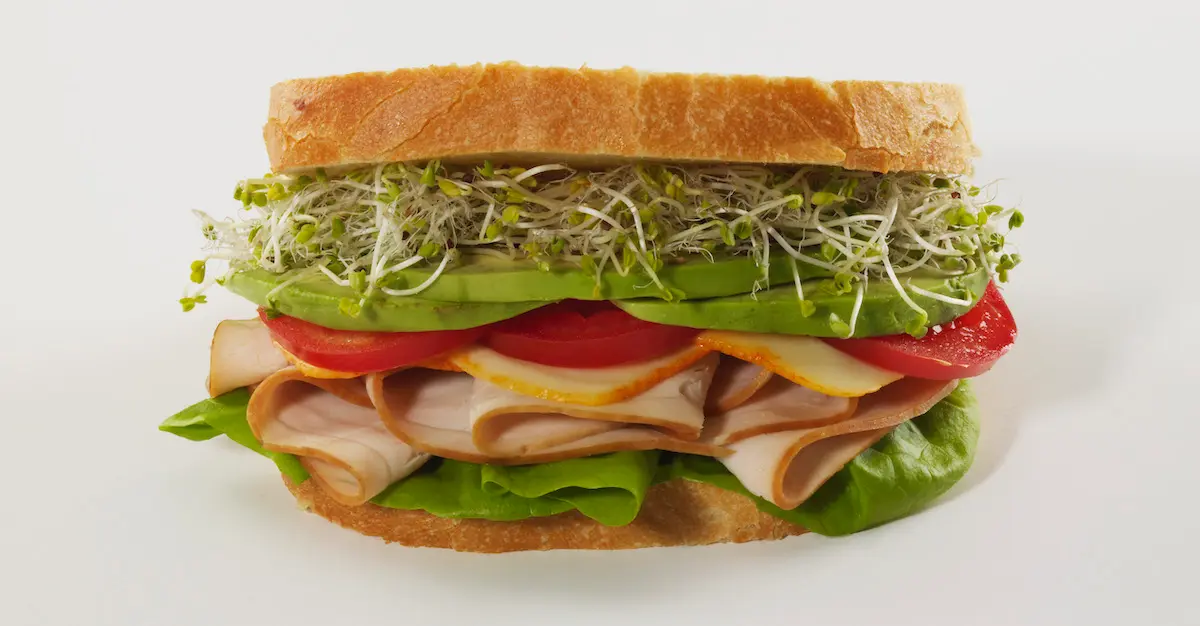In my experience, few things are harder to explain to a nonvegan eater than the appeal of plant-based meats. Their argument is a logical one: “If you are so opposed to eating meat, why are you doing your darndest to replicate the taste, look and texture of meat in plant-based foods?” One answer is that, for a lot of plant-based eaters, they didn’t give up meat because they didn’t like the taste. I fall into that category. Give me a bacon cheeseburger where no animals suffered or died, and I’ll be a very happy camper! So, what’s the actual deal with all these plant-based meats? In this post, I’ll try to explain what plant-based meats are and why a whole lot, but not all, vegans love them!

What is plant-based meat?
Let’s start here. Many people are confused about the ingredients that go into plant-based meat. A lot of people think it’s all tofu in various shapes and flavours, but these days there are many different sources of protein being used to create a wide variety of plant-based meat, and seafood, too, including wheat, pea, bean and even mushroom!
"Like animal-based meat, plant-based meat is composed of protein, fat, vitamins, minerals, and water."
Cut out the middleman, or middle cow, sheep, pig…
According to the Good Food Institute, “[p]lant-based meat is produced directly from plants. Instead of relying on an animal to convert plants into meat, we can make meat more efficiently by skipping the animal and turning plant ingredients directly into meat. Like animal-based meat, plant-based meat is composed of protein, fat, vitamins, minerals, and water.” Plant-based alternatives to meat protein in the form of tempeh and tofu, for example, have been around for thousands of years, but everything changed in 2012.

In 2012 we saw the launch of biomimicry in plant-based foods. This is a term used to describe the process of mimicking something in nature. Biomimicry exists outside of the food world. For example, Velcro was created based on how burrs found in nature adhere to material. In food, biomimicry uses technology to create products that mimic those found in nature. By doing this, we can remove animals as a food source while still eating very similar food to that which animals provide.
It can be argued that biomimicry is more sustainable from an environmental point of view, and it is definitely less cruel since no animals are used. Maybe you have enjoyed some products that came about as a result of biomimicry like a Beyond Burger or Impossible Sausage? This is an area of science that is expanding rapidly, and the future of plant-based meats is looking very bright with advances being made daily in the area of lab-grown meat*. This is good for our planet and good for the animals we share it with.
Now that we know what plant-based meats are, let’s look at the objections people often have to them.

Plant-based meats are not healthy
Meat eaters are always quick to point out that plant-based meats are not any healthier than their animal-based counterparts. That’s true, in a lot of cases. Plant-based meat products are often highly processed, fat and salt heavy, and relatively expensive products, to which I say…and, your point is? A lot of animal-based products share those exact same attributes. No one is suggesting that a vegan, or anyone really, should be eating a diet heavily focused on meat or heavily processed products, plant-based or otherwise. Of course, a Beyond Sausage isn’t “healthier” than a meat sausage, but what is indisputable is that no animal was harmed in the production of the plant-based sausage, and for a lot of plant-based products, the environment faired better, too. If animal welfare and the health of our planet are important to you, then choosing plant-based meat substitutes when you want a meat-based meal, might be your better option.
Plant-based meat is just a transition food
When starting out on a plant-based diet, many people immediately turn to plant-based meats because they allow for familiar meals with a similar (but not exact) look and mouthfeel of their animal counterparts. But these foods are not just transition foods. Many vegans continue to enjoy plant-based burgers, fish filets, deli meats and cheeses long after the transition has been made. These foods continue to offer convenience and familiarity and make for less explaining at family dinners when you’re having a cheez burger or hot dog like everyone else.
Also, as these foods get better in taste and texture, and lower in price due to increased demand, they will become more mainstream, and vegans can expect to be able to enjoy more delicious plant-based options at the grocery store and when dining out.
Want to know more?
References:
* https://www.cnn.com/2022/06/06/health/lab-grown-meat-pros-cons-life-itself-wellness-scn/index.html
I hope this blog has helped you find your way to plant-based eating. Remember…the goal is not to be perfect. Do the best you can and enjoy the journey! Sign up for vegcurious to be delivered right to your inbox at vegcurious.ca.
Note: It is strongly recommended that you consult with your primary care physician before making any changes to your diet. This blog is for educational purposes only and is not intended to recommend or endorse any particular product, diet or eating plan.





